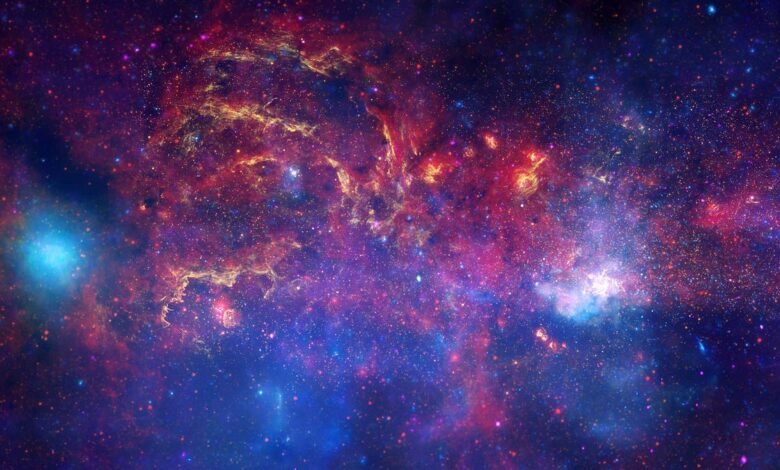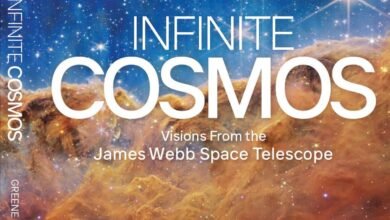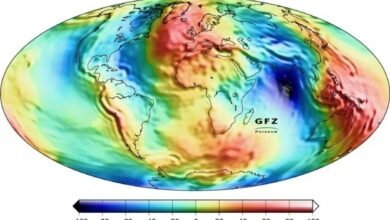The biggest holes in NASA’s suite of observatories | by Ethan Siegel | Starts With A Bang! | Nov, 2024

NASA’s space telescopes and observatories bring humanity unrivaled science images and scientific discoveries. Here’s what should be next.
From here on Earth, our views of the Universe are impressive and expansive, but are also fundamentally limited. We can build observatories as large as we like — even on the highest, driest mountaintops our planet has to offer — with instruments that are as up-to-date and sophisticated as our budgets allow. However, even with those capabilities, there are only a few narrow “windows” in the electromagnetic spectrum where light can get through unimpeded by the atmosphere. While the longest wavelengths, at radio frequencies, are largely unaffected by the atmosphere, the same cannot be said for all other wavelengths.
At microwave, far-infrared, and most mid-infrared wavelengths, the atmosphere is completely opaque to light coming from the Universe beyond our planet. The same is true for gamma-rays and X-rays; one must go to space to observe them. Most of the ultraviolet and near-infrared is opaque, and — just like the optical — the parts that aren’t are severely distorted by Earth’s atmosphere. Even with the impressive advances brought by modern adaptive optics systems, sending your observatories to space offers…
Source link





